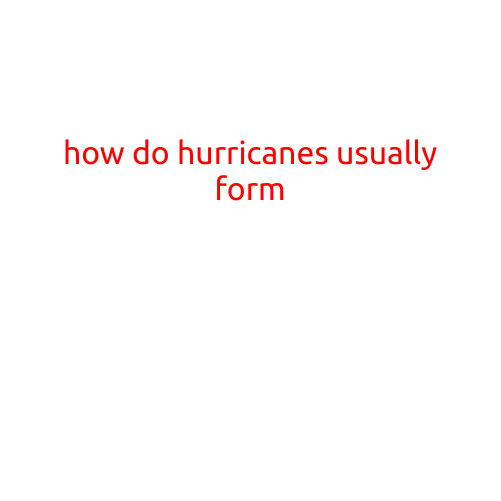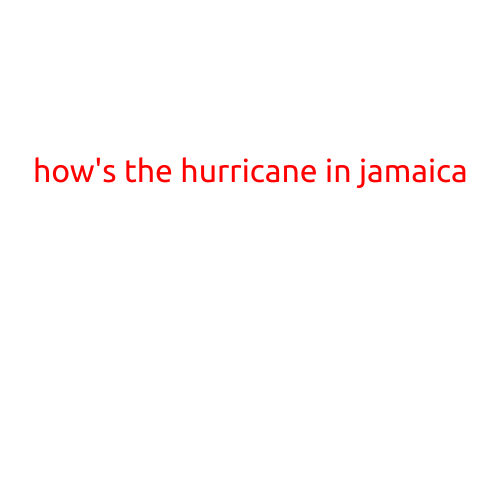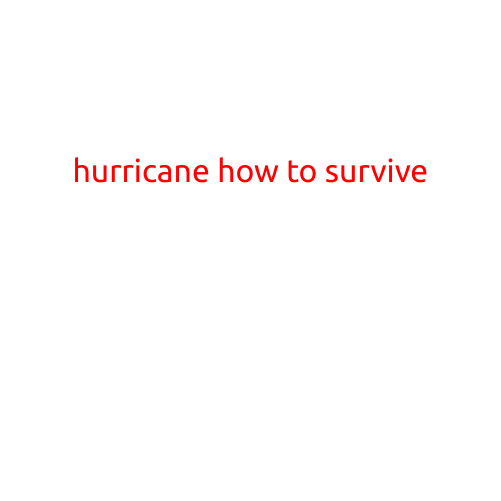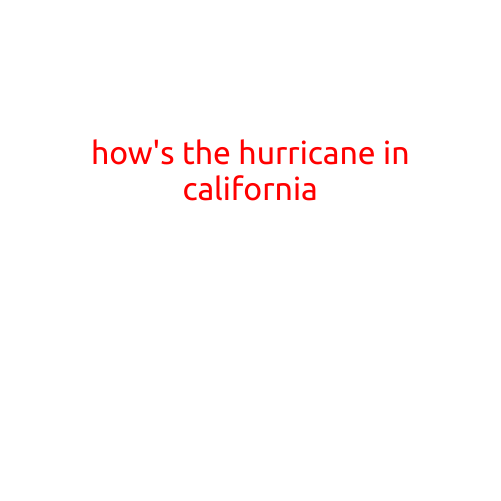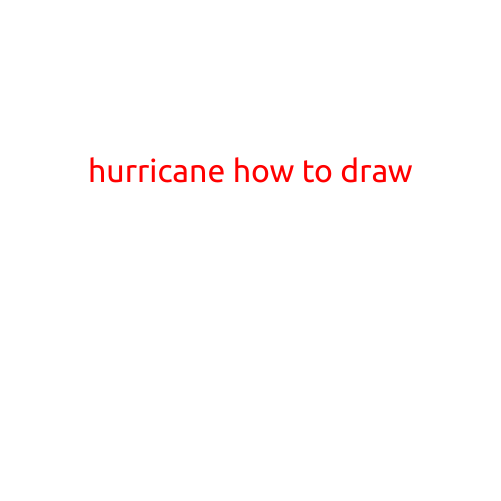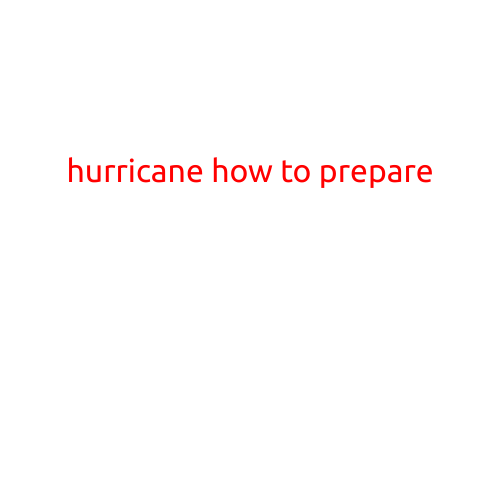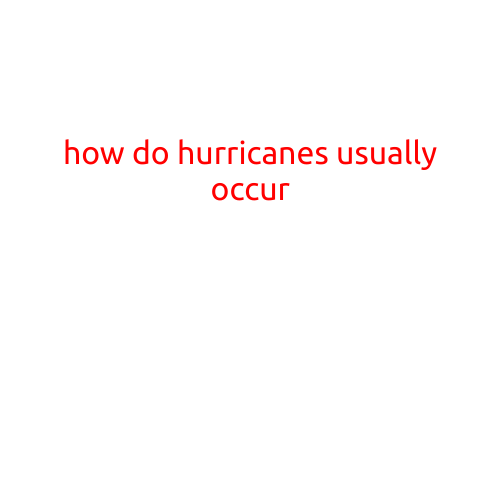
How Do Hurricanes Usually Occur?
Hurricanes are powerful and destructive tropical cyclones that form over the ocean, typically in the Atlantic, Pacific, and Indian Oceans. These massive storms can bring catastrophic winds, storm surges, and heavy rainfall, causing widespread damage and loss of life. In this article, we’ll explore how hurricanes usually occur, including the necessary ingredients, the process of formation, and the role of atmospheric and oceanic conditions.
The Necessary Ingredients
For a hurricane to form, several ingredients must come together:
- Warm ocean waters: Hurricanes need warm ocean water (at least 80°F or 27°C) to a depth of about 150 feet (45 meters) to form and maintain their strength.
- Moisture-rich air: Hurricanes require moist air from the ocean to rise and condense, forming clouds and precipitation.
- Low atmospheric pressure: Hurricanes develop when there is a low-pressure system over warm ocean waters, allowing air to rise and create an area of low pressure.
- Wind shear: Hurricanes need a certain amount of wind shear (a change in wind direction and speed with height) to develop and maintain their rotation.
The Process of Formation
The life cycle of a hurricane typically involves several stages:
- Tropical disturbance: A tropical disturbance forms when warm ocean waters heat the air above them, causing it to rise and create an area of low pressure.
- Tropical depression: If the tropical disturbance strengthens, it becomes a tropical depression, characterized by sustained winds of 38 mph (61 km/h) or less.
- Tropical storm: As the tropical depression strengthens further, it becomes a tropical storm, with sustained winds of 39-73 mph (63-118 km/h).
- Hurricane: If the tropical storm strengthens even further, it becomes a hurricane, with sustained winds of 74 mph (119 km/h) or higher.
Atmospheric and Oceanic Conditions
Several atmospheric and oceanic conditions can influence the formation and intensification of hurricanes:
- El Niño-Southern Oscillation (ENSO): ENSO, a natural climate cycle, can affect hurricane formation and activity. During an El Niño event, hurricane activity tends to decrease, while La Niña events often increase hurricane activity.
- North Atlantic Oscillation (NAO): The NAO, a climate pattern that affects the North Atlantic, can influence hurricane formation and activity.
- Sea surface temperature (SST): Warm SSTs can contribute to hurricane formation and intensification.
- Upper-level atmospheric winds: Wind patterns in the upper atmosphere can influence hurricane formation and steering.
Conclusion
Hurricanes are powerful and complex weather systems that require specific ingredients and conditions to form. Understanding the necessary ingredients, the process of formation, and the role of atmospheric and oceanic conditions can help us better prepare for and respond to these powerful storms. By combining scientific knowledge with practical preparedness measures, we can minimize the impact of hurricanes and protect lives and property.
